How to fertilize with Epsom salts – the expert secret behind healthy plants
Knowing how to fertilize with Epsom salts will make gardening seamless this season – and Bobby Berk agrees
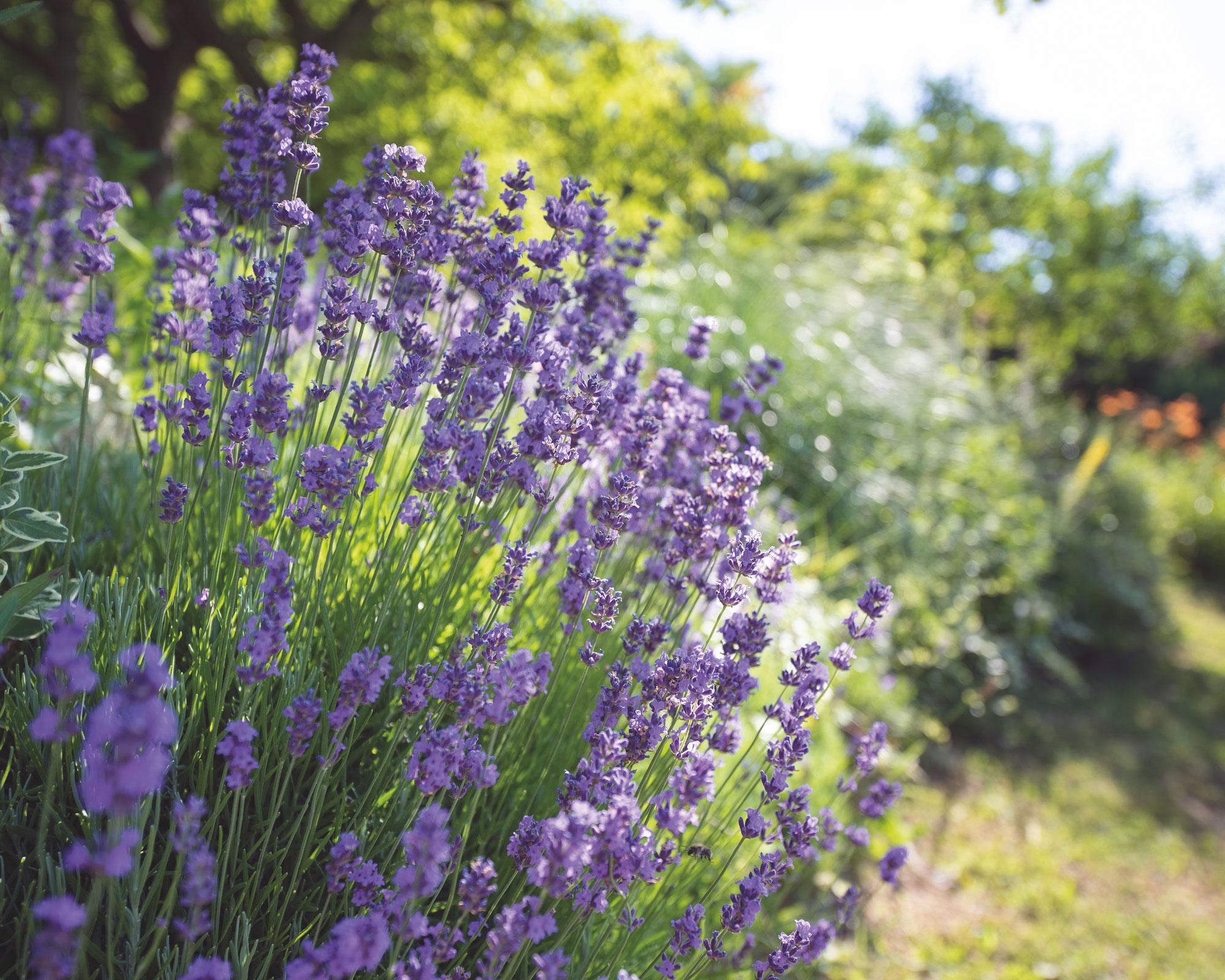

Looking for a simple but effective solution to healthy plants this summer? Knowing how to fertilize with Epsom salts is the best place to begin. While this ingredient is best associated with the bathroom (where it is used to soothe muscles and reduce aches in the bathtub), it is equally as beneficial beyond your four walls – and it has Bobby Berk's approval.
Sharing this aptly-named 'salty trick' on the new season of Queer Eye, Bobby explained that this garden idea is an instant solution to fertilized plants – and you can experiment with the tip without any extra investment.
'If you're looking for a quick and inexpensive way to fertilize your plants, you'll probably be surprised to know it's already under your bathroom sink,' Bobby says.
If you're wondering how to fertilize with Epsom salts, the process is simple. Here's what the experts suggest.
How to fertilize with Epsom salts – the effortless tip that experts love
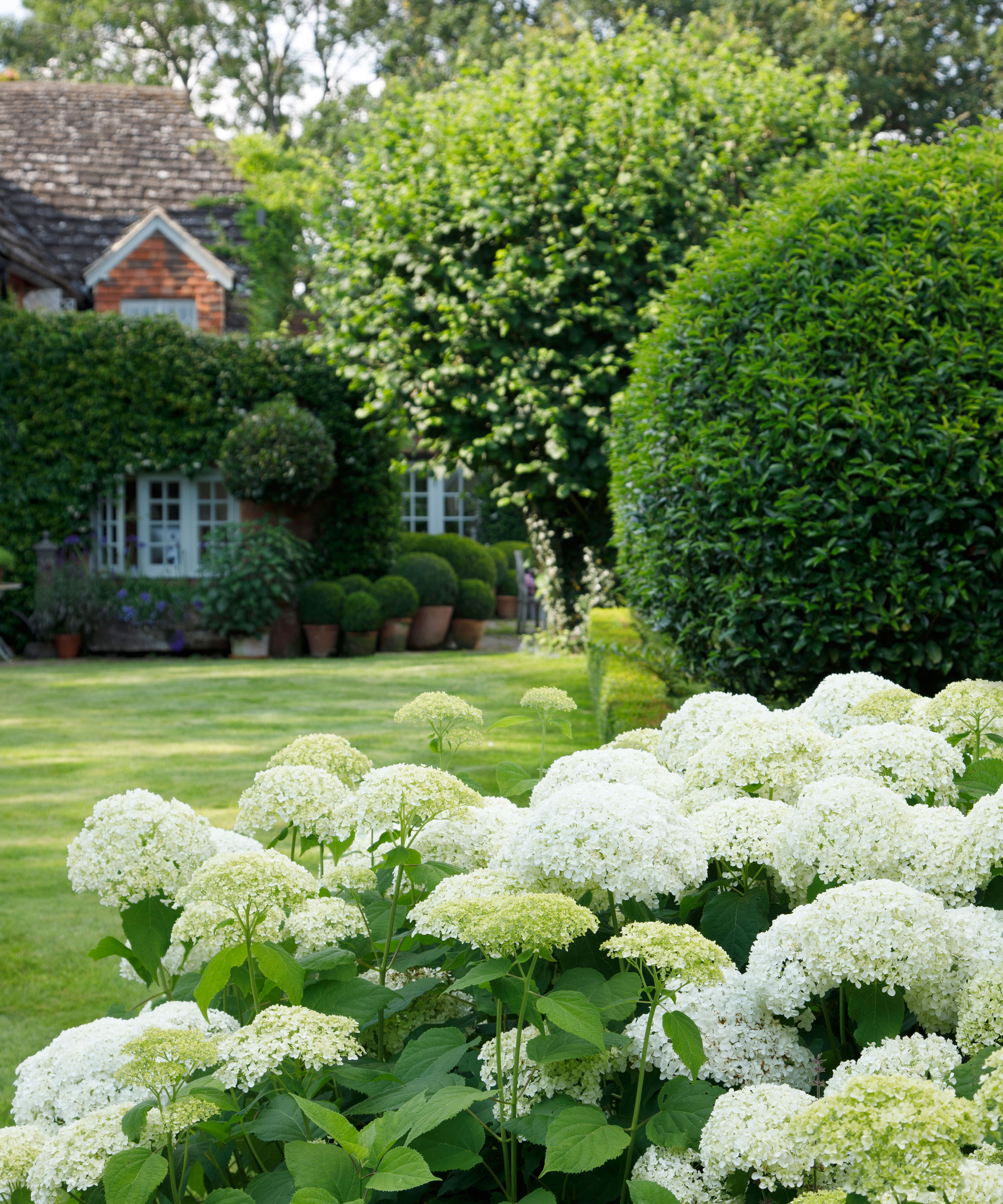
Fertilizing with Epsom salts is a great way to give your plants a boost of magnesium – an element that they need to grow and thrive. 'It is an essential nutrient that helps with photosynthesis and the overall health of the plant,' adds Rodger St. Hilaire, an expert from Gardening Boost.
Without adequate magnesium levels in the soil, your plants will show signs of nutrient deficiency (such as yellowing or stunted growth). But what does the Epsom salt process involve?
1. Using Epsom salts to fertilize your soil directly
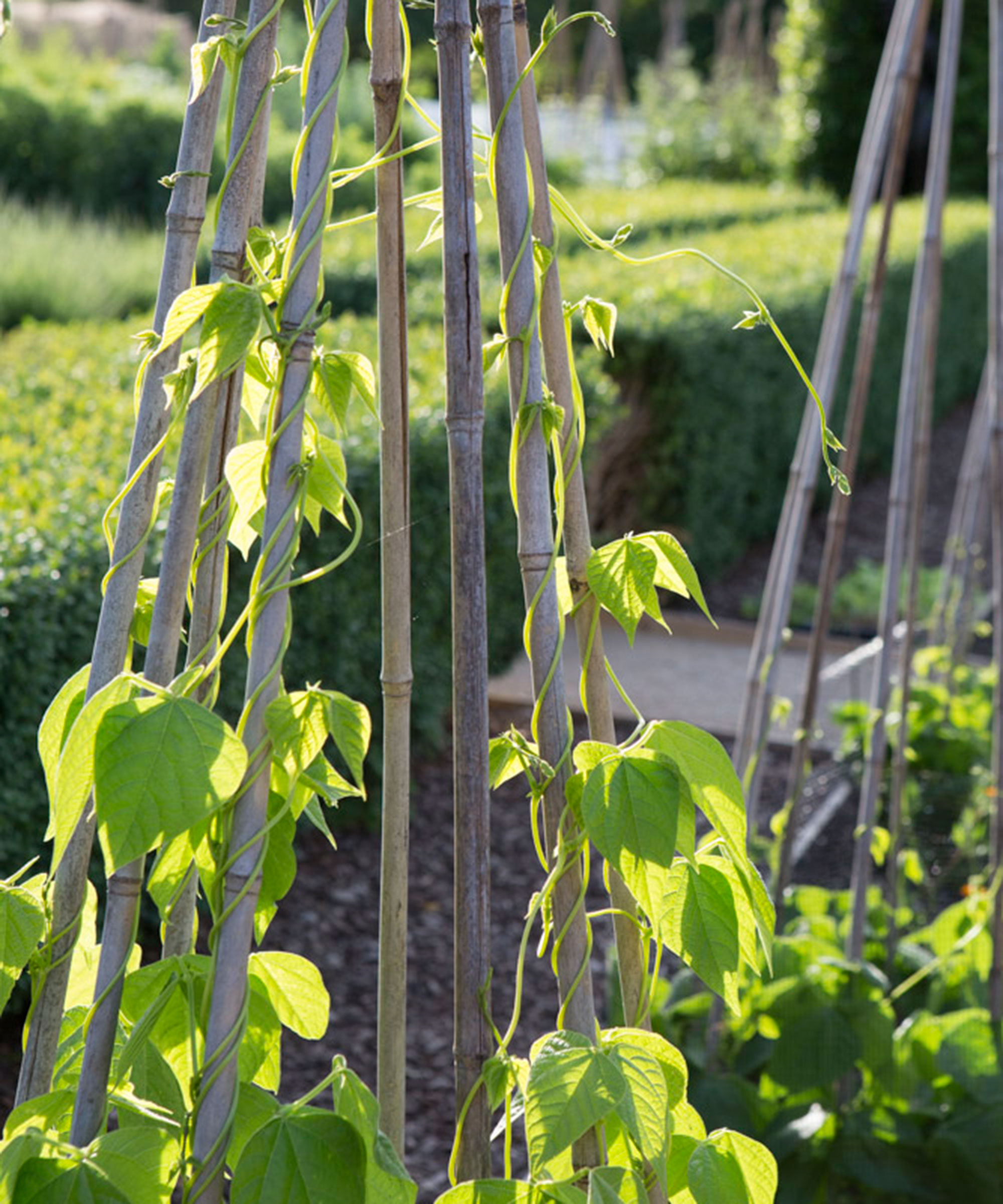
Firstly, Bobby Berk recommends taking a teaspoon of Epsom salt and placing it directly into your plant's soil. If you're applying the salt directly, then you should aim for one teaspoon of salt per foot of size approximately once every month. And while this tip is useful for gardens, it's also suitable for your best indoor plants too.
2. Mixing Epsom salt with water
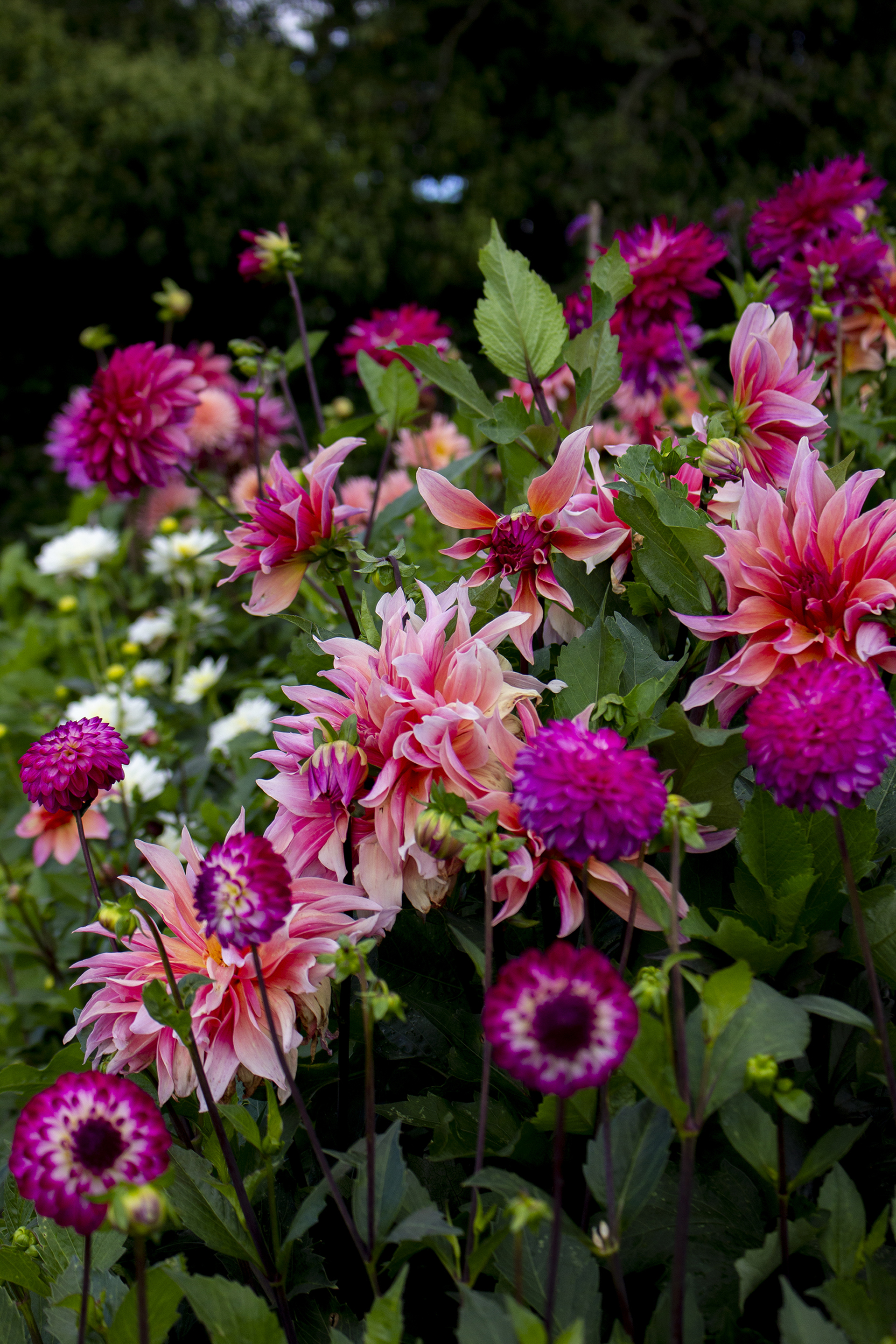
Alternatively, you can take another teaspoon and mix it in a cup of water before 'lightly [spraying] it on the leaves.' If you don't have a sprayer [such as this spray gun on Amazon] – and experiment with placing it directly into the soil in the meantime. 'It's as easy as that,' Bobby explains. Rodger suggests applying this solution to your plants every 2-4 weeks.
The Epsom Salt Council also recommends using around 'two tablespoons per gallon of water' to feed house plants monthly. Meanwhile, you should use 'one tablespoon per nine square feet' on shrubs and evergreens every two to four weeks.
3. Adding Epsom salt to your compost pile
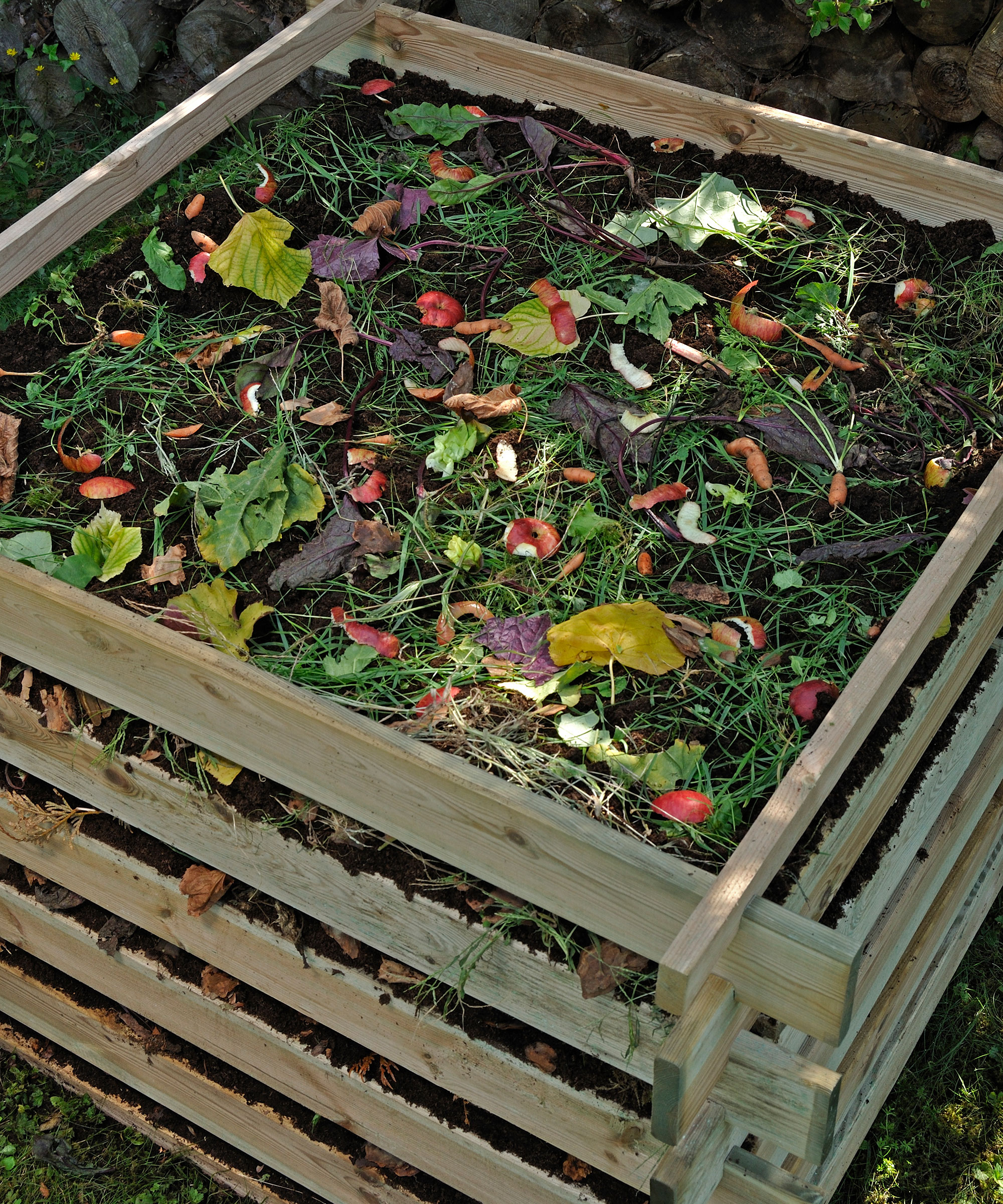
If you're wondering how to make compost, and keep your pile healthy, then Epsom salt has the solution for that too.
'The magnesium in Epsom salts helps to break down organic matter, making it easier for plants to access the nutrients they need,' Rodger says. The expert adds that the salts can also boost the magnesium level in your compost – to promote sustainable plant growth and prevent nutrient deficiencies for healthy plans throughout the summer.
Is it time to bring this beloved bathroom idea into the garden? If Bobby Berk approves, who can surely disagree?
Sign up to the Homes & Gardens newsletter
Design expertise in your inbox – from inspiring decorating ideas and beautiful celebrity homes to practical gardening advice and shopping round-ups.

Megan is the Head of Celebrity Style News at Homes & Gardens, where she leads the celebrity/ news team. She has a history in interior design, travel, and news journalism, having lived and worked in New York, Paris, and, currently, London. Megan has bylines in Livingetc, The Telegraph, and IRK Magazine, and has interviewed the likes of Drew Barrymore, Ayesha Curry, Michelle Keegan, and Tan France, among others. She lives in a London apartment with her antique typewriter and an eclectic espresso cup collection, and dreams of a Kelly Wearstler-designed home.
-
 5 living room paint colors going out of style in 2025
5 living room paint colors going out of style in 2025What colors are going to date your living room this year? We look at the shades that are falling out of favour in 2025
By Sophia Pouget de St Victor
-
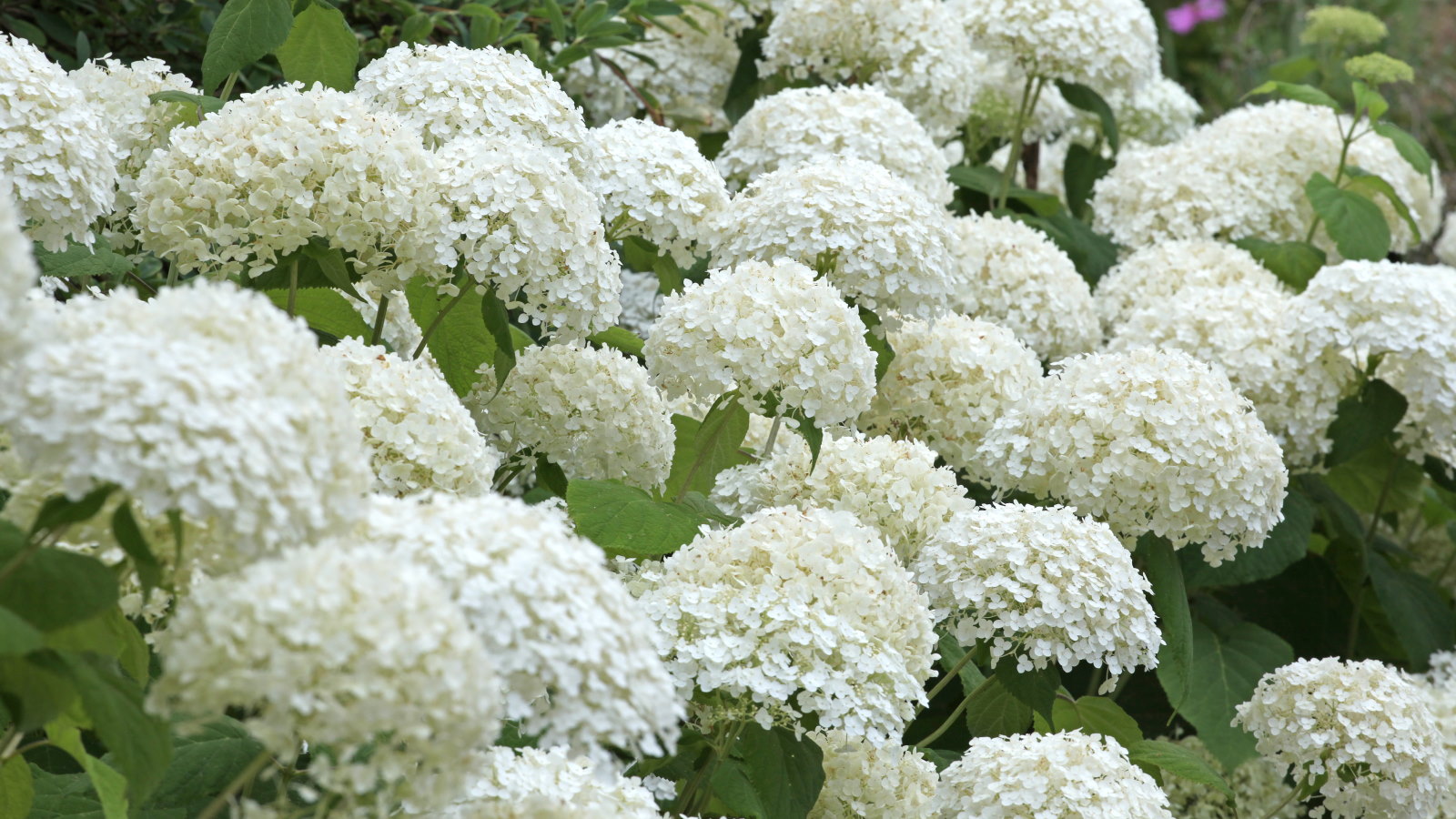 Your hydrangeas will flourish with bigger blooms and healthier growth thanks to this natural material
Your hydrangeas will flourish with bigger blooms and healthier growth thanks to this natural materialDiscover why you should be using leaf mold to mulch hydrangeas
By Drew Swainston